The Scottish Parliament needs fewer powers not more.
The same applies to Westminster.
Both parliaments need to start serving the people who elect them by returning decision-making to those who pay their salaries.
Cities like Dundee and Perth should have a far bigger say in major decisions involving their own needs and in deciding how to spend their own money.
We’re often told Westminster is out of touch but Holyrood is too.
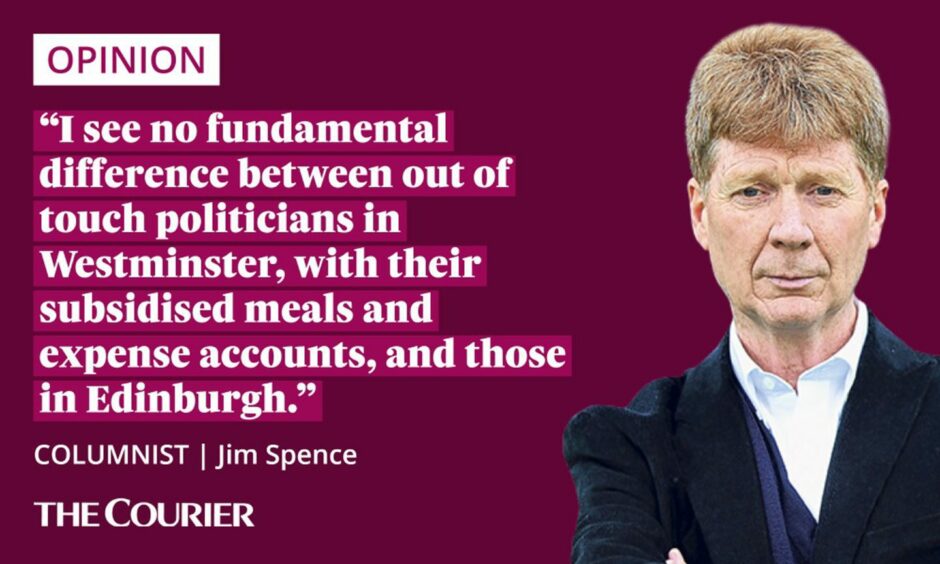
Scotland is far too centralised, with decisions being made in Edinburgh to the detriment of folk elsewhere.
The old Tayside Region had its critics. But it had more idea what the majority of its people needed, because those making the decisions lived and worked among us.
We should have as much decentralisation as possible. And more of our money should be spent by us, rather than squandered by out of touch MSP’s in Edinburgh, who decide on matters affecting people in places they don’t know, and which they do not understand.
Why would a Glasgow MSP know the local needs and issues of Dundonians in Fintry or the Ferry any better than a Dundee MSP might know the needs of people in Petershill or Pollokshields?
The mantra of the SNP that Scotland should make its own decisions should be applied here at home as well.
Local decision making should not play second fiddle to Edinburgh.
Scottish Parliament powers could be put to greater use locally
There will always be decisions which have to be taken on matters of national importance.
But we need to make as much governance as possible more local and accountable to those of us paying the wages of our political classes.
The principle of subsidiarity – where special and political decisions are taken at the most immediate and local level – should be the golden rule of Scottish government.
People in Dundee, Perth, and the towns and villages in Tayside and Fife generally have a far better knowledge of what’s important and crucial to them and their families than a bureaucracy in Edinburgh.
The old monolithic Tayside house, labelled Fawlty Towers by local wags, had its faults.
But at least the decisions which were vital to local life were made by councillors whose daily lives were spent among their communities.
Those locally elected representatives shared our work places and pubs and frequented the same shops and restaurants that we did.
They heard the issues and problems facing their neighbourhoods first-hand and could respond to them much more quickly than what’s becoming a glorified and removed talking shop in Edinburgh, overflowing with a professional and distant MSP chattering class.
Our communities, our issues, our decisions
If Scotland knows better how to spend its money than a parliament in London – and there’s a solid argument for that belief – the same is true when applied to Edinburgh.
There’s an increasingly strong case for a greater surrender of powers in Scotland back to local populations, who are increasingly disenfranchised by Holyrood.
I want decisions affecting me and mine to be taken as close to home as possible.
I see no fundamental difference between out of touch politicians in Westminster, with their subsidised meals and expense accounts, and those in Edinburgh.
Neither of them should have a say in those issues which affect people beyond their ken.
Local folk know the problems of their areas much better than some of those representatives who’ve been given a national stage in the Scottish Parliament.
And they have much more idea of how to tailor local solutions to solve them.
It’s time to return power to the people who know what’s best for them and theirs, and that certainly isn’t Holyrood.
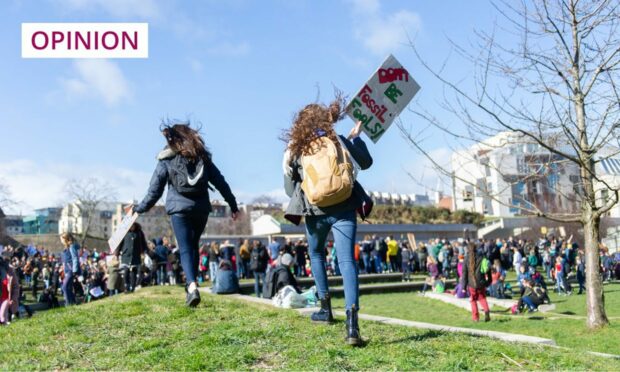
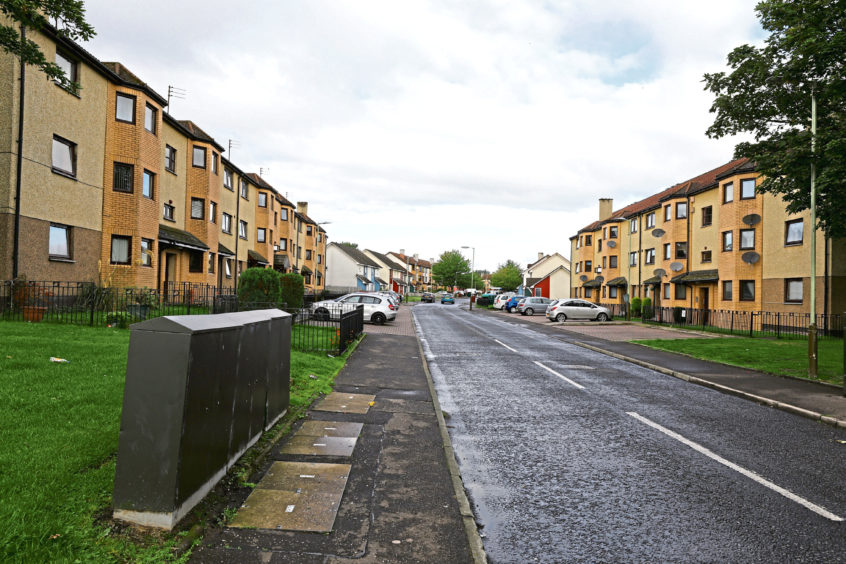
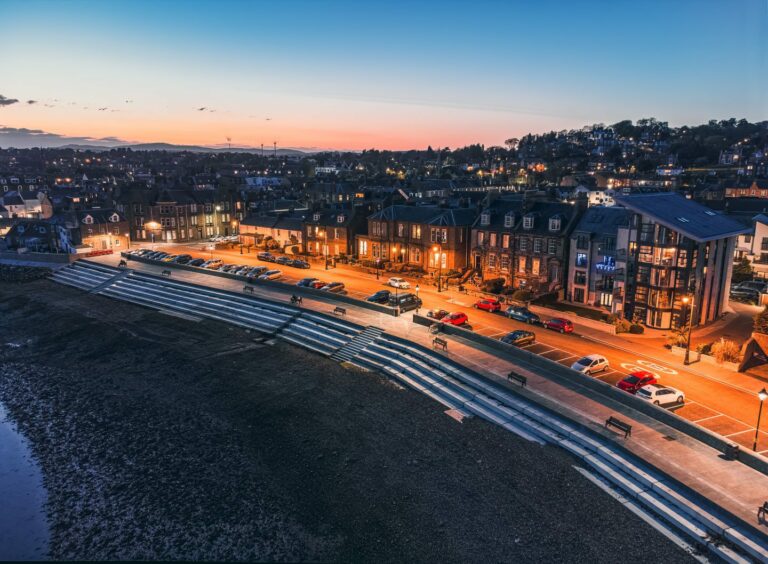

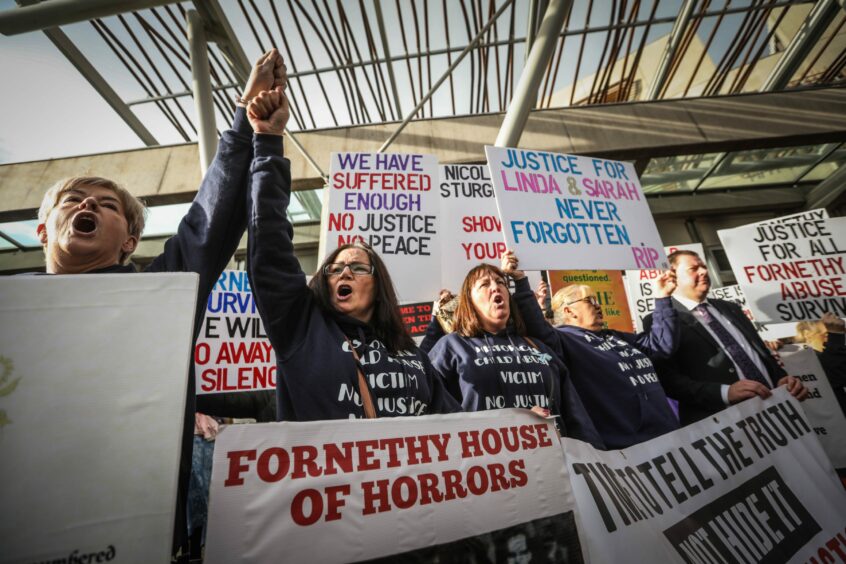
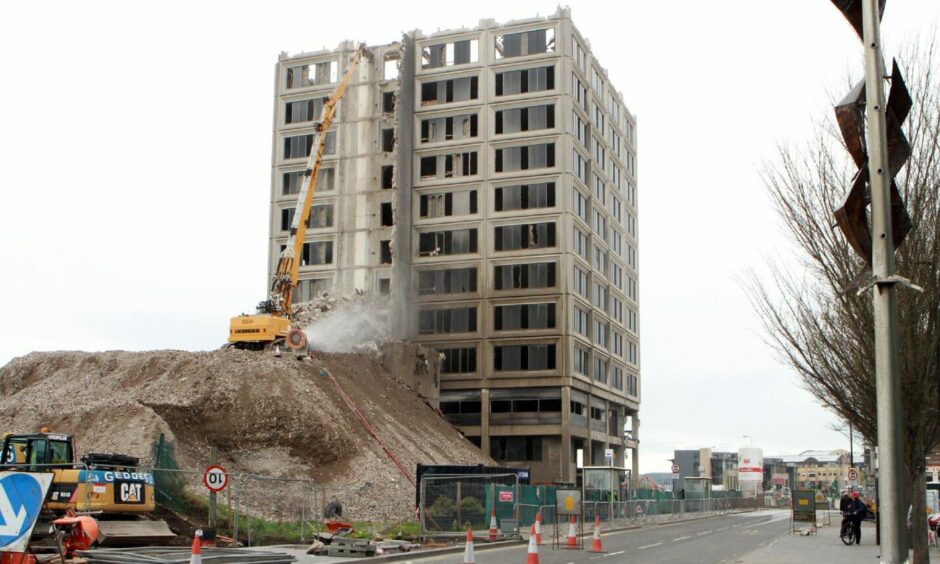
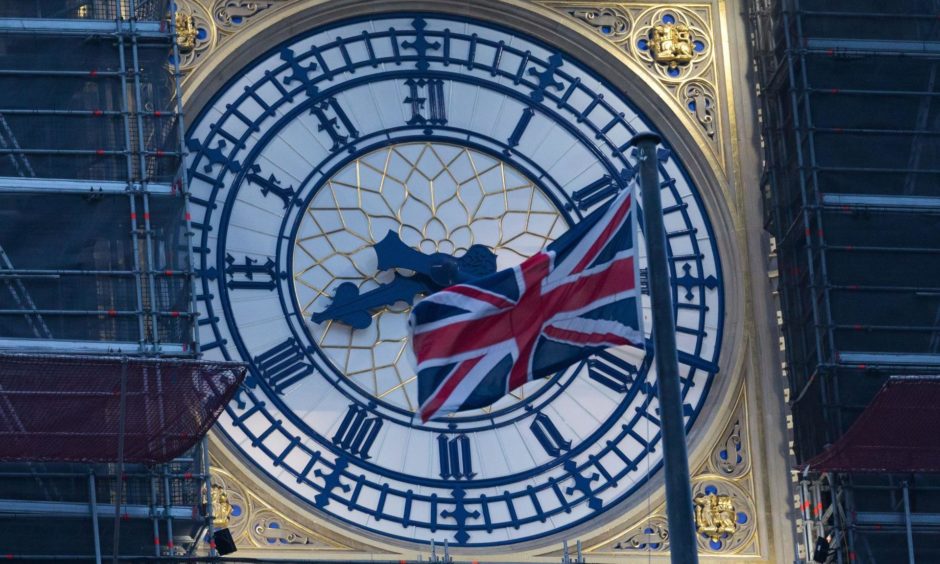










Conversation